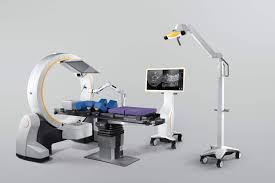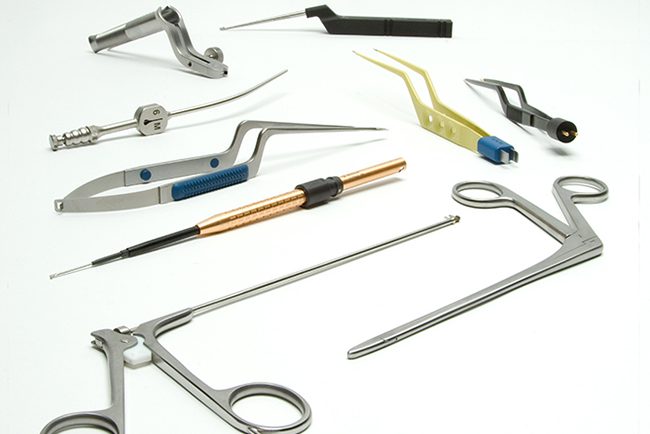
Neurosurgery Equipment: Key Tool for Precision & Safety
Explore essential neurosurgery instruments, like easyNav™, and innovations ensuring precision, safety, and improved patient outcomes.


© 2024 Crivva - Business Promotion. All rights reserved.